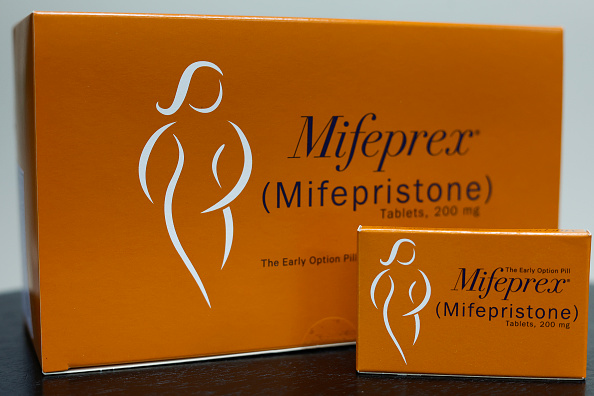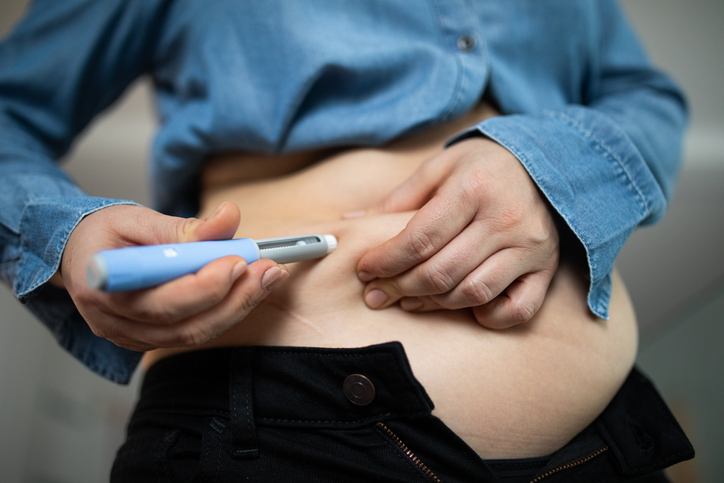The Food and Drug Administration, the federal agency that is supposed to certify the safety and efficacy of pharmaceutical products and medical devices, often drives excellent products off the market. I should know. I was a manufacturer of medical devices and a victim—along with patients deprived of those devices—of an FDA vendetta.
In the 1960s I invented the material Proplast, which the FDA itself approved for use in implants for patients with distorted, damaged, or destroyed facial structures, jaw joints, thumbs, hips, and other body parts. My company, the Houston-based Vitek, manufactured 30 different Proplast implants that were used successfully in some 100,000 patients—successes documented in more than 125 peer-reviewed publications.
One particular jaw implant was provisionally approved by the FDA in 1983. In 1986, I heard reports about some of these implants wearing out. I convened a conference of surgeons who, in a report to the FDA and the oral surgeons’ national association, found fault not with the implants themselves but, rather, with the way some surgeons used them or with the refusal of some patients to follow their treatment plans. But to be on the safe side I stopped promoting the product.
Trial Lawyers on the Prowl
Predatory trial lawyers then got into the act, filing suits against Vitek as well as any company or institute that had anything to do with the device. Most of the lawsuits were summarily dismissed or won by the defendants. But the cost of defense to the Du Pont Company, which supplied Teflon ingredients, was $50 million, and to the hospital where I had invented Proplast, $30 million.
In order to continue to obtain liability insurance, I founded a second company, Novamed, to continue to produce safe Proplast implants that had no record of problems.
But the FDA took its lead from the trial lawyers—indeed, it was a source to them of misinformation about the jaw implant—and turned its legal guns on Novamed and on its FDA-approved products. In various complaints the agency aimed the erroneous charges that had been made against the jaw implant at products about which there were no complaints or investigations whatsoever. These mistakes were pointed out, but the FDA persisted in its persecution.
Eventually it seized the entire stock of FDA-approved Proplast products, and a series of court reversals and re-reversals of that seizure finally forced me in 1992 to shut down Novamed and to team up with a Swiss company to make Proplast products in Europe.
The FDA continued its persecution overseas. It posted the erroneous warnings it had made against the jaw implants against all Proplast products through the World Health Organization. It blocked export from the United States of hip implants needed for technical evaluation and testing.
Still, Canada, Australia, and the EU granted approval for shipments of all Proplast products from Switzerland. Further, when the Swiss company sought approval to export those products to the United States, where they were still legal, and the FDA’s own Office of Science and Technology found no problems with the implants, the FDA dragged its heels. The years of costly delays and battles took their toll; the Swiss company declared bankruptcy in 1999.
“The Ultimate Victims”
Who has been harmed by the actions of out-of-control bureaucrats and trial lawyers? Surgeons continue to request Proplast implants and try to secure them for their patients. There is good reason. In many cases adequate alternatives are not available. Many surgeons have returned to the old, more painful, and invasive procedure for jaw joint replacement involving transfer of a rib bone.
Further, to avoid lawsuits or FDA vendettas, many producers of materials required by implant makers discontinued all sales to the implant industry after 1993. The bottom line: The patients are the ultimate victims. The FDA is not protecting their safety but, rather, increasing their torment.
The Europeans have a better way to approve medical devices. Their governments set out specific, objective quality and safety standards, but then certify private firms to determine compliance to these standards. Manufacturers are allowed to select the company to certify them. The existence of competing companies makes it almost impossible for FDA-type abuses to occur.
The FDA has driven many manufacturers and safe products that relieve pain and suffering from the market. Policy makers wishing to deal with a true health care crisis should stop the damage done by this federal agency.
Dr. Charles A. Homsy, a medical device inventor for nearly four decades, was founder and CEO of both Vitek Inc. and Novamed Inc. He is the author of Cato Policy Analysis #412, “How FDA Regulation and Injury Litigation Cripple the Medical Device Industry.”
For more information . . .
The full text of Charles A. Homsy’s August 2001 Cato Policy Analysis, “How FDA Regulation and Injury Litigation Cripple the Medical Device Industry,” is available in Adobe Acrobat’s PDF format on the Cato Institute Web site at http://www.cato.org/pubs/pas/pa412.pdf.



